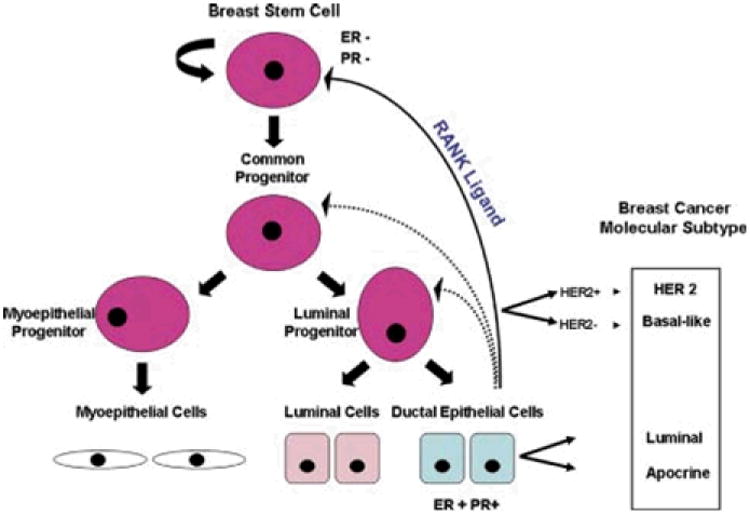Figure 5. The molecular pathology of breast cancer progression.

Left: Model of normal breast development. Right: Origin of different molecular subtypes of breast cancer. Stem cells give rise to common progenitor cells that in turn develop into luminal and myoepithelial cells, the two fundamental cell types within the terminal duct lobular units. Progesterone may influence secretion of RANK Ligand from progesterone receptor positive cells, promoting expansion of self-renewing stem cell pools. Transformation of normal cells may give rise to luminal A or B, basal or human epidermal growth factor 2 breast cancers. From: Bombonati A and Sigroi DC, “The molecular pathology of breast cancer progression”, J Pathol 2001; 223:307-17 (38).
